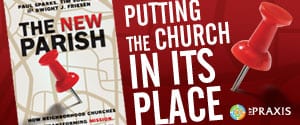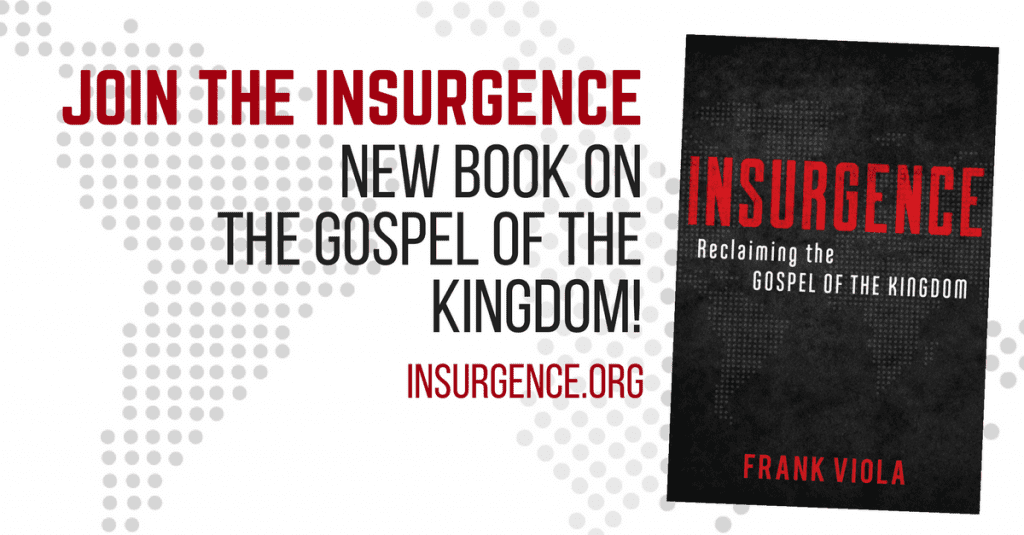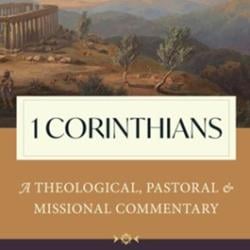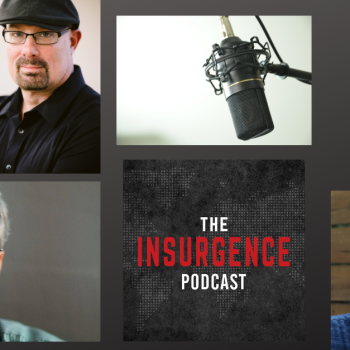The New Parish is a new book by Tim Soerens, Paul Sparks, and Dwight Friesen. As someone who has written a great deal on ecclesiology myself, InterVarsity Press sent me a copy of the book. Instead of writing a review, I thought it would be better to interview all three authors.

Instead of asking, “what is your book about,” I’m going to ask the question that’s behind that question. And that unspoken question is, “how are readers going to benefit from reading your book?”
Tim Soerens: I like that question because while the book is obviously about “The New Parish,” but what is undergirds the hopes of the book is the idea of faithful presence. The idea that God is calling us in each moment into what it means for us to relate faithfully to God, to the person in front of us, and to the context in which we find ourselves. The New Parish is about how faithful presence in a local and communal context, just might set the stage for a re-imagined way of being the Church. And this of course gets to the book’s benefits.
I’ve been hearing in the last few weeks since the book has come out is that it’s giving folks language and even imagination for longings they’ve had for how to be the church in their every day lives. In other words it’s putting language to longings that I think a whole lot of Christ’s followers intuitively feel, but wrestle with how to communicate.
Tell us a bit about the experiences that shaped the insights in the book.
Paul Sparks: We have now been in over 300 neighborhoods around North America. Everywhere we go we find courageous, pioneering communities experimenting with how their lives can be knit together as a fabric of care in their parish; from nearly every denomination and walk of life, and there is a growing desire to actually be the church through the week.
We have come to believe that despite the reports that the church is dying, there is something incredible happening outside of most media attention, especially with popular Christian culture propensity to value the big event over everyday presence. Whether urban, suburban, or rural when followers of Jesus ask how they can fit their lives together so that they can love their neighbors they find themselves being the church not just on Sunday’s but everyday, just as we see in the New Testament.
Back in the 1980s, Francis Frangipane held city-wide meetings with pastors in cities across the United States. He sought to bring the pastors together on a regular basis to meet and pray for the city and to have joint meetings monthly with their respective congregations and to do joint outreach projects. Virtually all of these endeavors failed because the pastors admitted to being threatened by the other pastors, not wanting to “lose their sheep” to them. What new insights do you have to prevent this from happening again?
Dwight Friesen: We introduce that the new mode of grassroots ecumenusim which doesn’t necessarily begin with pastoral leaders getting together across the city, rather it begins with concrete life together in the neighborhood as neighbors link together to be together what no one person could be or do alone. This joining together in Christ-formed service of the common good transcends traditional denominational, class, gender, or other divisions actually bringing people together in common service.
One of the most important aspects of the parish is that we have to see each in the everyday context of life, which means we have to work out differences that really matter as we pursue the flourishing of our place. We have noticed how shared life in the parish moves us past competition, and towards everyday collaboration. When a crisis or opportunity hits, it doesn’t matter what denomination you’re from, you learn how to work together.
Your book seems to be mostly about neighborhood outreach in a local church. How is your book different from the many other books on the same subject? In other words, what would you say is really “new” about it?
Paul Sparks: First off, the term “local church” has largely lost it’s meaning. All to often, the “local church” is not seen as a local body living out their faith together in an actual place, but a building from which spiritual goods and services are marketed to religious consumers from a drivable distance from around the region. We are trying to help recover the notion that we need to learn how to be a family, or a body together that learns how to live in faithful relationship with God, each other, and the place we live. This has more to do with learning how to live an integrated life than objectives for outreach.
How is a “new parish” church different from the countless other traditional churches that do regular outreach projects in their neighborhoods?
Tim Soerens: Well, I guess I would say “The New Parish” is less about outreach and more about being a community of faithful presence in the neighborhood and naming that as the church. For example, we sometimes: How might God see the Church in any given neighborhood?
Of course we don’t actually know. But, when God looks at a neighborhood, I really doubt there is some sort of huge spreadsheet that slices and dices us into our denominations, preferences for styles of worship, or favorite theologians. I think God sees beloved children who are meant to work together as a family, but largely haven’t met one another yet. I think that naming all the people in the neighborhood who are seeking to follow Jesus as the church is quite new.
This is a 3-part question: (1) Do “new parish” churches have a clergy or pastor? (2) Do they have a worship team? (3) Do they sometimes meet in a “church building”?
Dwight Friesen: New Parish church expressions see themselves as a part of the church in the neighborhood, which requires their own ethos and leadership. So each expression could easily have the same type of structure you would normally see. But, leadership in the new parish is essential, but it very often looks different. It’s much less about organizing a weekly event, and much more about weaving folks together that connects their lives, hopes, and increasingly vocations with a shared imagination for what God might be longing for. The parish leaders help knit together their faith community with the church at large in the neighborhood.
2. Every member of the faith community is living out a life of worship in the everyday through faithful presence. The imagination for this everyday life of worship is rehearsed and fueled at the gatherings of the community. It’s important to emphasize, the weekly gathering is not an end in itself, but is a rehearsal space to practice a life of worship in the everyday. The worship team are leaders who are skilled at helping people practice holistic worship of Christ in the everyday.
3. Various new parish expressions meet in a variety of buildings. Any building can become a church building when we gather in the name of Christ. We think that when a faith community becomes deeply embedded in the neighborhood it is essential to draw back each week to gather at the table that Christ sets for us, to remember who we are, to imagination shalom within our place, to pray, and to properly locate ourselves before our Creator.
Of course, because every building in the neighborhood could be understood as where the church gathers. If we really do believe that the church is the people of God inhabiting a place, everywhere we are has the potential to be seen as a church building.
How can someone find a “new parish” church in their city?
Paul Sparks: We think that the new parish subverts what could normally be called “church shopping.” Finding the church means inhabiting the place you live and discovering the faith community there. At www.parishcollective.org we are seeking to be a platform for hundreds of new parish expressions around North America making this transition. We hope to share stories, provide peer wisdom, and use mapping technology to make new connections for real life.
What do you hope readers will walk away with after they finish your book?
Tim Soerens: A robust hope for the Church in our day. To see with new eyes that courageous people are following Jesus in their neighborhoods all over Canada and United States. That despite all the anxiety around the decline of the church, that at the neighborhood level there just might be a movement happening all around us…And that joining God in this new parish movement is a gift to be received rather than a technique to be implemented.













